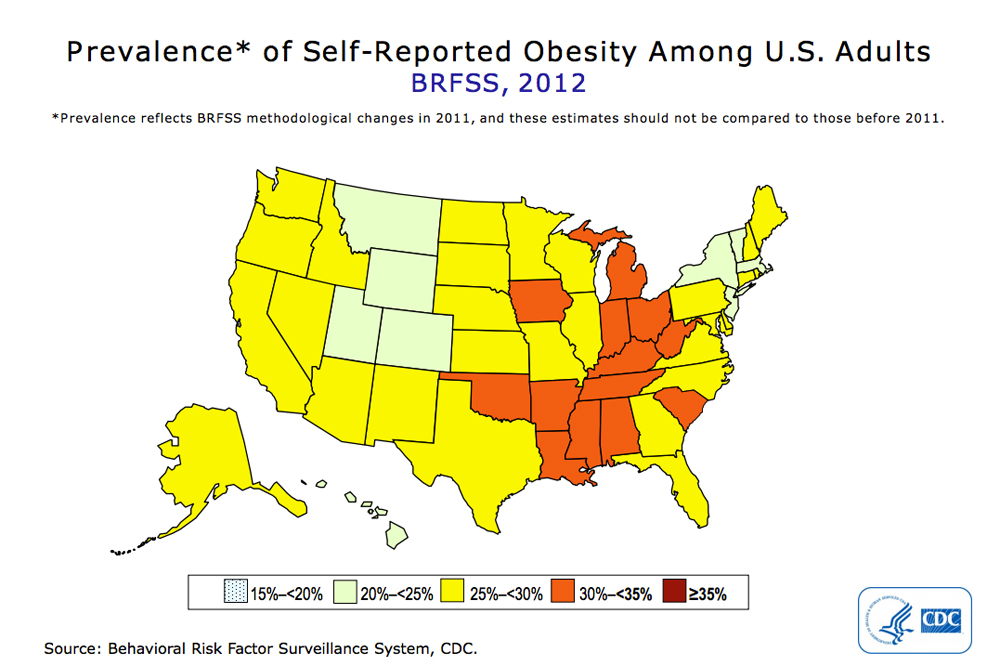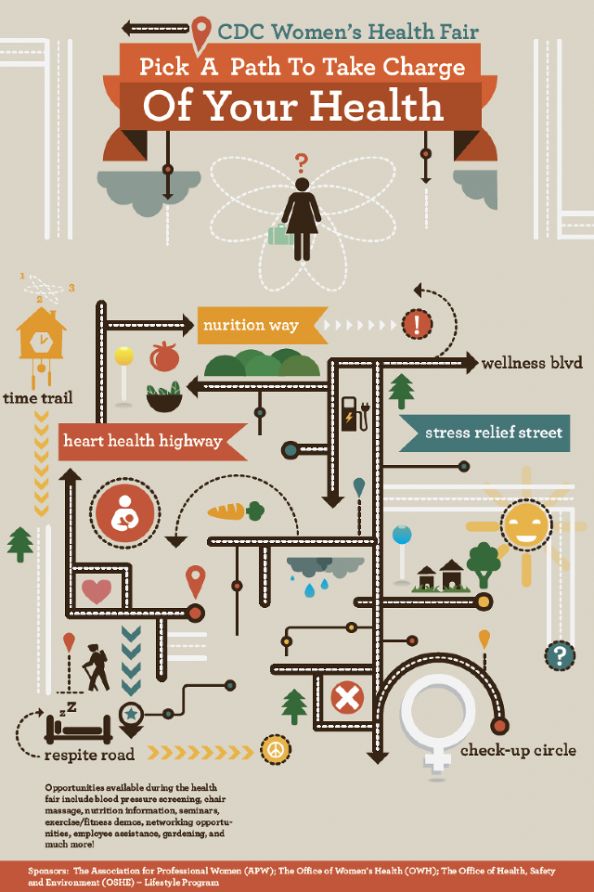
It can be difficult to know where you should start if your goal is to lower cholesterol. The good news is that you can find delicious and healthy alternatives in a low cholesterol foods list. Here are some tips to help get you started. Learn more about cholesterol and the different types. High cholesterol can be considered bad. Not all cholesterol is bad. In fact, some cholesterol is good.
Reduce cholesterol by eating lean, poultry, and fish. Choose skinless chicken or turkey over dark meat. You can also eat fish and other seafood, but be sure to avoid shrimp and crawfish, as they are higher in saturated fat and cholesterol than other meats. Another good option is to eat as much seafood as you can, since this contains omega-3 fatty acids. Other seafood, like fish, are also low in cholesterol but high in omega-3-fatty acids.

Fiber is an important part of a healthy diet. Insoluble fiber and soluble fibre can both lower cholesterol levels. LDL cholesterol can drop by up to 18% when soluble fibre is used. Soluble fibre can also help lower blood pressure. It is also good for your gut health. Your LDL cholesterol can be reduced by eating more fibre. You will feel healthier and more active if you eat low cholesterol.
High levels of fibre can help lower cholesterol. These nutrients may help to prevent cholesterol absorption. Pulses, broccoli, and aubergine are excellent sources of fibre. The fibre content of fruits, vegetables, as well as apples, is high. Soy and vegetable patties are good sources for soluble fiber as well. Black-eyed peas, which are rich in fiber and protein, are another great source.
A good lean meat is chicken breast without skin. Pork tenderloin and beef round are other lean meats. Lean meats are better for vegetarians than red meat. Red meats have more calories and more saturated fat. You can also choose which cuts of meat you prefer. You can find lean meats in the market. They can be found in most grocery stores. When buying them, make sure to check their labels and ask for the TLC food list.

Seafood is another healthy option. While you should avoid saturated fat, it can increase your cholesterol. Fast food and processed foods should be avoided. You can substitute these for whole foods. You can also substitute sugary snacks for fruits, vegetables, or nuts. These foods can help lower cholesterol and weight loss. This is why you need to be cautious when selecting the best food possible for your body.
FAQ
How much should I weigh for my height and age? BMI calculator and chart
Calculating your body mass index (BMI), is the best method to calculate how much weight to lose. The range of a healthy BMI is between 18.5- 24.9. If you want to lose weight, then you should aim to drop about 10 pounds per month. Simply enter your height, weight and desired BMI into the BMI calculator to calculate it.
To see if you're overweight or obese, check out this BMI chart.
What should I eat?
Consume lots of fruits, vegetables. They contain vitamins and minerals which help keep your immune system strong. Additionally, vegetables and fruits are high fiber. This helps with digestion and keeps them full. Try to include at least five servings of fruit and veg per day.
Water is essential for your body. Water flushes out toxins and helps you feel full between meals. Drink about eight glasses each day.
Eat whole grains instead of refined ones. Whole grains have all the nutrients they need, including B vitamins. Refined grains have been stripped of some of their nutrition.
Sugary drinks should be avoided. Sugary drinks are high in empty calories and can lead to obesity. Instead, you can opt for water or milk, as well as unsweetened herbal teas.
Avoid fast food. Fast food has very low nutritional value. Although it may taste delicious, fast food won't provide you with the energy you need for your daily activities. Use healthier options, such as soups, sandwiches, salads, and pasta.
Limit alcohol intake. Alcohol is a poor nutrient and has empty calories. Limit your intake to two alcoholic drinks per week.
Red meat consumption should be reduced. Red meats are high in saturated fat and cholesterol. Instead, choose lean cuts of beef and pork, lamb, chicken or fish.
How to measure body fat?
A Body Fat Analyzer can be used to measure body fat. These devices are used to measure body fat for people who want weight loss.
Is cold a sign of a weak immune response?
There are two types of people in the world: those who love winter and those that hate it. You may wonder why you feel so bad when it's cold, regardless of whether you love it or hate it.
The reason is simple: Our bodies are made to function well in warm temperatures. We evolved to thrive in hot environments because of the abundance of food resources.
However, our environment is quite different than that of our ancestors. We spend more time indoors, are exposed to extreme temperatures (cold/heat), and eat processed food rather than fresh.
As a result, our bodies aren't used to such extremes anymore. So, when we do venture outside, we often feel exhausted, sluggish, or even sick.
However, there are ways to counter these effects. Staying hydrated is one way to combat this. Water is essential for your body to function properly and eliminate toxins.
It is important to eat healthy foods. Consuming healthy food helps maintain your body's optimal temperature. This is especially true for people who spend long hours indoors.
Consider taking a few moments each morning to meditate. Meditation helps to calm your mind and body which can make it easier to deal stress and illness.
How can I tell what is good for me?
You must listen to your body. When it comes to your body's needs for exercise, food, or rest, it is the best. You need to be aware of your body and not overdo it. You must listen to your body to ensure you are healthy.
Statistics
- WHO recommends reducing saturated fats to less than 10% of total energy intake; reducing trans-fats to less than 1% of total energy intake; and replacing both saturated fats and trans-fats to unsaturated fats. (who.int)
- The Dietary Guidelines for Americans recommend keeping added sugar intake below 10% of your daily calorie intake, while the World Health Organization recommends slashing added sugars to 5% or less of your daily calories for optimal health (59Trusted (healthline.com)
- Extra virgin olive oil may benefit heart health, as people who consume it have a lower risk for dying from heart attacks and strokes according to some evidence (57Trusted Source (healthline.com)
- This article received 11 testimonials and 86% of readers who voted found it helpful, earning it our reader-approved status. (wikihow.com)
External Links
How To
What does the meaning of "vitamin?"
Vitamins are organic compounds naturally found in food. Vitamins are essential for our bodies to absorb nutrients from the foods we eat. The body cannot make vitamins; therefore, they must be obtained from food.
There are two types vitamins: water soluble or fat soluble. Water-soluble vitamins dissolve in water easily. These include vitamin C (thiamine), Vitamin B1 (riboflavin), Vitamin B2 (riboflavin), Vitamin B3 (niacin), Vitamin B6 (pyridoxine), Vitamin C, B1 (thiamine), Vitamin B2 (riboflavin), Vitamin B3 (niacin), and Vitamin B6 (pyridoxine). The liver and fatty tissues are home to fat-soluble vitamins. You can find vitamin D, E K, A, beta carotene, and other fat-soluble vitamins.
Vitamins are classified according to their biological activity. There are eight major categories of vitamins.
-
A – Essential for normal growth, and the maintenance of good health.
-
C is important for nerve function and energy production.
-
D - necessary for healthy bones and teeth.
-
E - needed for good vision and reproduction.
-
K – Required for healthy nerves & muscles.
-
P - essential for strong bones, teeth and tendons
-
Q – aids digestion of iron and iron absorption
-
R - Required for red blood cell production
The recommended daily allowance of vitamins (RDA), varies according to age, gender, physical condition, and other factors. The U.S. Food and Drug Administration has established the RDA values.
For example, the RDA for vitamin A is 400 micrograms per dayfor adults 19 years or older. For fetal development, pregnant women need 600 mg per day. Children ages 1-8 require 900 micrograms per day. For infants younger than one year, 700 micrograms are required daily. However, this number drops to 500 micrograms each day for children aged 9-12 months.
Children between the ages of 1-18 need 800 micrograms per daily for obesity, while children overweight require 1000 micrograms. Children underweight or obese will need 1200 mg per day.
Children aged 4-8 years old who have been diagnosed as having anemia require 2200 micrograms of vitamin C per day.
2000 micrograms per person is necessary for general health. Because of their higher nutrient needs, women who are pregnant or nursing need 3000 mg per day.
Adults over 70 require 1500 micrograms each day, since they lose around 10% of their muscle mass every decade.
Women who are pregnant, nursing or breastfeeding need more than the RDA. Pregnant woman need 4000 micrograms daily in pregnancy, and 2500 per day after childbirth. Breastfeeding mothers need 5000 mg per day when breastmilk is being produced.